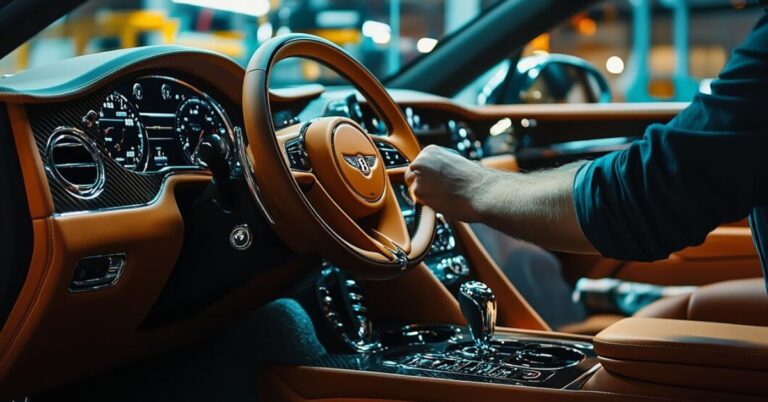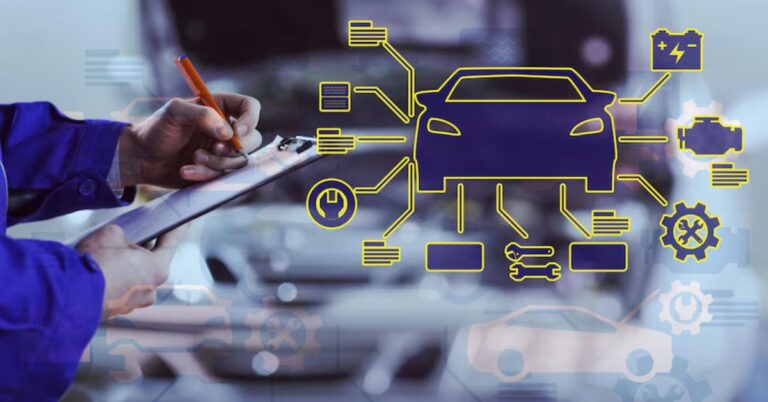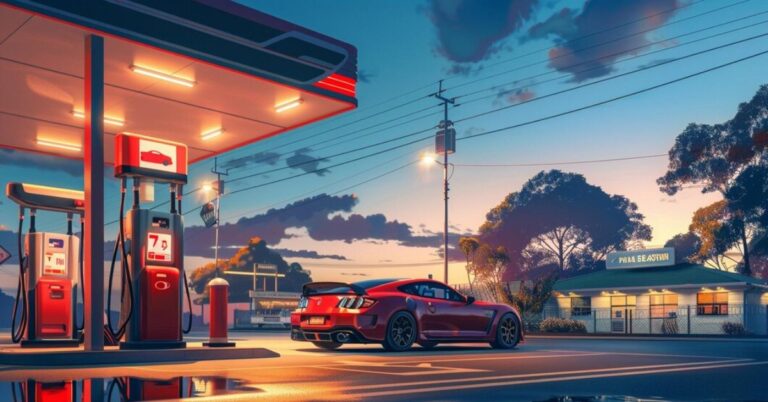Under the Hood: A Comprehensive Guide to Car Engine Components
When it comes to understanding your vehicle, there’s nothing quite as crucial as the engine. Often referred to as the heart of the car, the engine is a complex assembly of various components working in harmony to power your vehicle. Whether you’re a car enthusiast or a curious driver, having a solid grasp of what’s under the hood can enhance your appreciation and maintenance of your car. This guide will walk you through the key components of a car engine and their roles.
1. The Engine Block
At the core of every engine is the engine block, which serves as the main structure to house the engine’s various components. Made typically from cast iron or aluminum, the block contains the cylinders where fuel and air mix and combust. It also includes passages for coolant and oil. The engine block is fundamental, as it supports and houses many other engine components, including the pistons and crankshaft.
2. Pistons
Pistons are cylindrical components that move up and down within the engine’s cylinders. They play a crucial role in the internal combustion process. When the air-fuel mixture ignites, it creates a force that pushes the pistons down. This movement turns the crankshaft, which ultimately powers the car. Pistons are connected to the crankshaft via connecting rods and are essential for converting the combustion energy into mechanical energy.
3. Crankshaft
The crankshaft is a long, metal rod that converts the linear motion of the pistons into rotational motion. It is connected to the pistons through connecting rods and rotates within the engine block. As the pistons move up and down, they turn the crankshaft, which then transfers this rotational force to the car’s transmission. The crankshaft’s smooth operation is critical for maintaining engine performance and efficiency.
4. Camshaft
The camshaft controls the opening and closing of the engine’s intake and exhaust valves. Located either in the engine block or the cylinder head (depending on the engine design), the camshaft works in sync with the crankshaft through a timing belt or chain. By regulating the valve timing, the camshaft ensures that the engine breathes properly, allowing the right amount of air and fuel in and exhaust gases out.
5. Valves
Valves are crucial for managing the flow of air and exhaust gases in and out of the engine’s cylinders. There are typically two types of valves: intake valves, which allow the air-fuel mixture into the cylinder, and exhaust valves, which release the combustion gases after ignition. Proper functioning of the valves ensures efficient engine operation and contributes to overall engine performance.
6. Timing Belt/Chain
The timing belt or chain connects the crankshaft to the camshaft and ensures that the camshaft rotates in sync with the crankshaft. This synchronization is crucial for the precise timing of valve openings and closings. Timing belts are typically made of rubber with reinforced fibers, while timing chains are metal and generally more durable. Regular maintenance of the timing belt or chain is essential to prevent engine damage.
7. Spark Plugs
Spark plugs ignite the air-fuel mixture within the engine’s cylinders. They produce a small electric spark at the precise moment needed for combustion. Located at the top of the cylinder head, spark plugs are critical for engine performance, fuel efficiency, and smooth operation. Regular replacement of spark plugs ensures optimal engine functionality.
8. Oil Pump
The oil pump circulates engine oil throughout the engine to lubricate moving parts and reduce friction. Proper lubrication is essential for preventing wear and tear, overheating, and ensuring smooth engine operation. The oil pump is typically driven by the crankshaft and is vital for maintaining engine health.
9. Water Pump
The water pump circulates coolant through the engine and radiator to maintain optimal operating temperatures. By removing excess heat from the engine, the water pump helps prevent overheating and ensures that the engine operates efficiently. It’s a crucial component for maintaining the engine’s temperature and overall performance.
10. Alternator
The alternator is responsible for generating electrical power to recharge the car’s battery and power electrical components like the lights, radio, and air conditioning. It converts mechanical energy from the engine into electrical energy and is crucial for keeping the battery charged and the vehicle’s electrical systems functioning.
In Conclusion
Grasping the function of key engine components can clarify the complex workings of your car and help you identify potential issues or determine when maintenance is necessary. Each part is crucial for ensuring that your vehicle operates smoothly, efficiently, and reliably.
Regular maintenance and prompt repairs are vital for keeping your engine in peak condition, so don’t hesitate to seek advice from a professional mechanic if you observe any problems. Understanding these components, which may involve intricate processes like cylindrical grinding for precision parts, allows you to better appreciate the wonders of modern automotive engineering and enjoy a more seamless driving experience.







